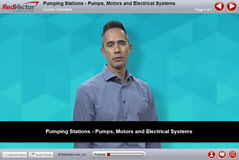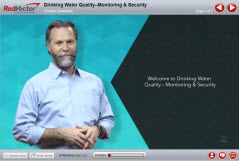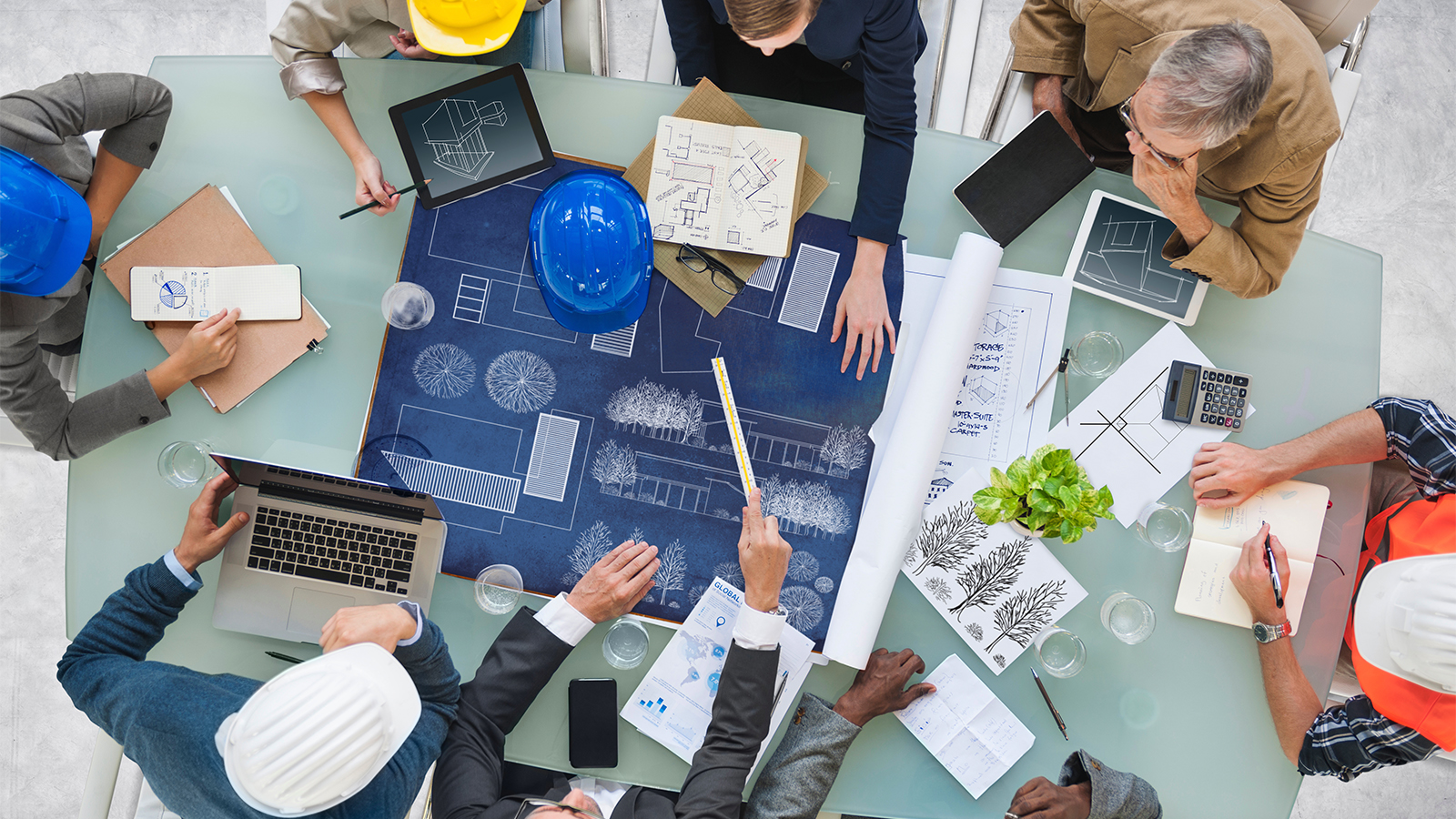Accessible Architectural Considerations for Blindness and Low Vision - Third Repeat Presentation
1 hr. Webinar
Level: Fundamental
Item #: RV-W091625
Level: Fundamental
Item #: RV-W091625
NOTE: State license renewal information is provided as a convenience only and is subject to change at any time. It is the ultimate responsibility of the individual to be sure that he or she is meeting continuing education requirements for each license and corresponding renewal period. Information above was pulled on Saturday, August 30, 2025.







